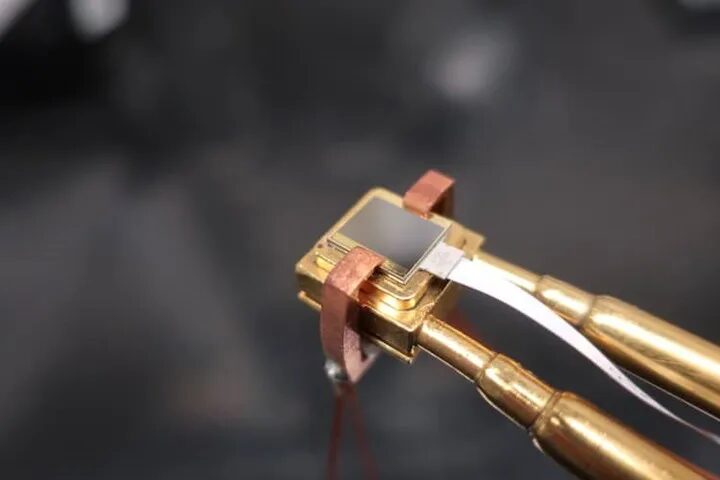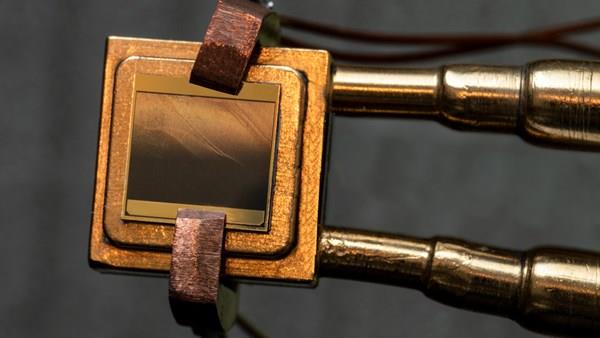Researchers have developed a heat battery that converts heat into electricity with an impressive 44% efficiency, marking a significant step toward commercializing thermophotovoltaic (TPV) cells. This advancement brings TPV cells closer to their theoretical maximum efficiency, making them a promising alternative for energy storage and conversion.
Breakthrough by University of Michigan Researchers
A team from the University of Michigan has created a heat battery capable of converting heat to electricity with 44% efficiency at a temperature of 1,435°C. This breakthrough surpasses previous designs, which achieved around 37% efficiency in the same temperature range, and hits the target range for high-temperature energy storage systems (1,200-1,600°C).

What Are Thermophotovoltaic Cells?
TPV cells operate similarly to photovoltaic cells (commonly known as solar cells) by converting electromagnetic radiation into electricity. However, instead of using high-energy photons found in visible light, TPV cells utilize low-energy infrared photons. This makes them particularly suitable for converting stored thermal energy into electricity.
In a heat battery system, TPV cells are placed around a material block heated to at least 1,000°C. This high temperature can be achieved through various means, such as converting excess solar or wind energy into heat via resistance or using thermal solar energy to charge the heat battery. Additionally, excess heat from industrial processes like steel, glass, or concrete production can be captured and stored in heat batteries.
The Role of Thermal Batteries
Lead researcher Andrej Lenert explains, “Using electricity to heat something is a simple and cost-effective method for energy storage compared to lithium-ion batteries. There are many different materials that can serve as storage media for thermal batteries.”

Increasing Energy Conversion with Air Bridges
As the storage medium heats up, it emits various thermal energy photons. About 20-30% of these photons have enough energy to be converted into electricity by the TPV cells at 1,435°C. However, photons that exceed or fall below the energy levels the semiconductor can convert are also produced. To address this issue, researchers integrated a thin air layer, known as an air bridge, and a gold reflector behind the TPV cell.
This air bridge structure helps photons with the correct energy enter the semiconductor while redirecting the rest back to the heat storage material. This setup gives the energy another chance to be re-emitted as usable photons. Unlike solar cells, TPV cells can recover non-useful photons, enhancing overall efficiency.
Future Enhancements and Potential
In recent studies, researchers are experimenting with stacking two air bridges to further improve design. This aims to extend the usable temperature range for heat batteries and increase the spectrum of photons that can be converted into energy.
The researchers demonstrated the potential of air bridge cells for large-scale TPV applications at lower emitter temperatures using single-junction cells. They believe that the efficiency limit has not yet been reached and are confident of achieving 50% efficiency in the near future.
Conclusion
This innovative development in heat-to-electricity conversion technology signifies a major step forward in the field of renewable energy storage. With the potential to achieve higher efficiencies and a broader range of applications, thermophotovoltaic cells could soon rival traditional battery technologies.
What Do You Think?
Please share your thoughts with us in the comments section below.

